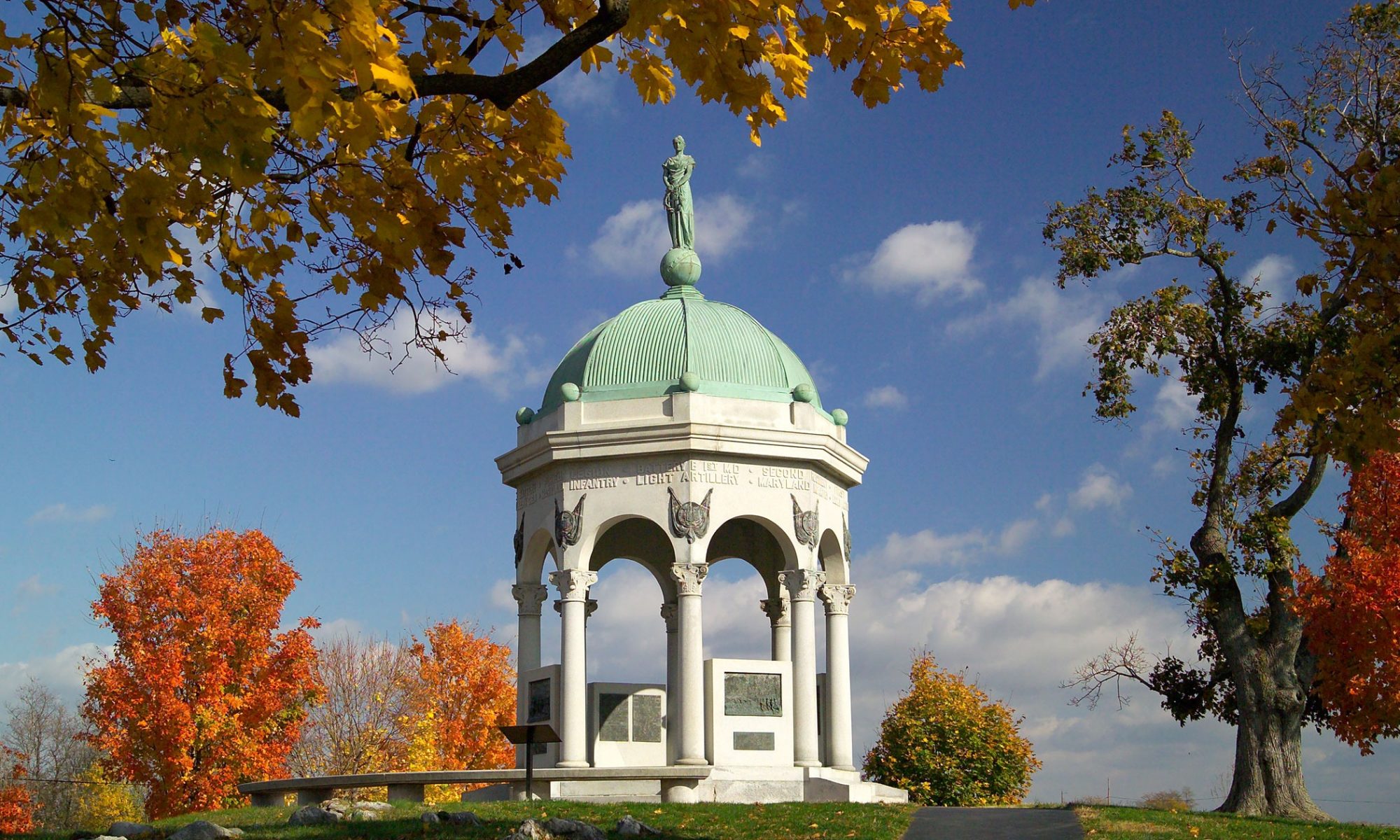
| WHAT | First-Day-of Issue stamp dedication ceremony for the Civil War 1865 Forever stamps. The ceremony will take place in front of the McLean House where Lee surrendered to Grant. The public is encouraged to attend this free event. |
| WHEN | 1:30 p.m., Thurs., April 9 (note: April 8 overnight encampment on-site; April 9 events begin at 7:30 a.m. There will be a reenactment of Lee surrendering to Grant at the McLean House that starts at 1 p.m.) |
| WHERE | Appomattox Court House111 National Park Dr.
Appomattox, VA 24522 (Although travel time is several hours from LaPlata, MD, anticipate significant traffic congestion upon entering the Appomattox area April 8-12. The National Park Service will provide shuttles from satellite parking areas.) |
| BACKGROUND With these two stamps, the U.S. Postal Service concludes its series of ten stamps commemorating the 150th anniversary of the Civil War. Pre-order the stamps now via usps.com and search for “Appomattox” and “stamp.” Expect delivery shortly after April 9.
Since 2011, souvenir sheets with two stamp designs have been issued for each year of the war (1861-1865). On the 2015 souvenir sheet, one stamp depicts the Battle of Five Forks, near Petersburg, VA, on April 1, 1865. The other stamp depicts Robert E. Lee’s surrender to Ulysses S. Grant at Appomattox Court House on April 9. Art director Phil Jordan selected historic paintings for the stamp designs. The Battle of Five Forks stamp is a reproduction of a painting, circa 1885, by French artist Paul Dominique Philippoteaux (1846-1923). Philippoteaux was best known for his massive cyclorama (360-degree circular painting) of the Battle of Gettysburg that drew large audiences when it was first displayed in Chicago in 1883.
The Appomattox Court House stamp is a reproduction of the 1895 painting “Peace in Union” by Thomas Nast (1840-1902), depicting Robert E. Lee’s surrender. Nast, a political cartoonist for most of his career, devised the donkey as a symbol of the Democratic Party and the elephant to represent the Republican Party.
The background image on the souvenir sheet is a photograph of a number of Federal rifles stacked in the vicinity of Petersburg during the siege. The 12-stamp souvenir sheet includes comments on the war by Oliver Wendell Holmes, Jr., Abraham Lincoln, Robert E. Lee, and Union General Joshua L. Chamberlain. It also includes lines parodying the lyrics of Patrick S. Gilmore’s famous Civil War song, “When Johnny Comes Marching Home.” |
|


